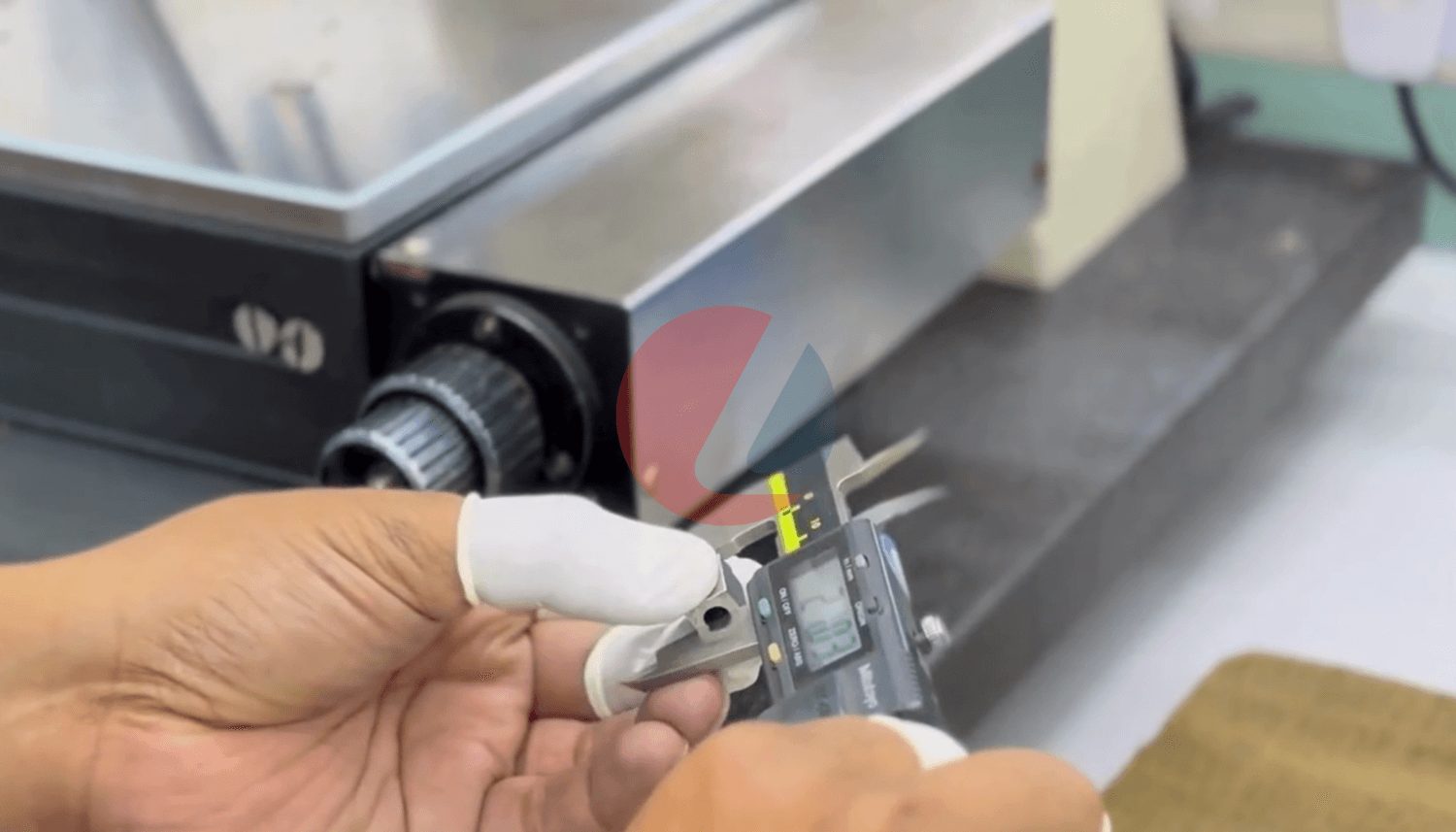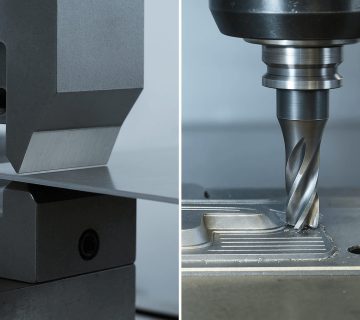Introduction to Shear Pins as Quality Assurance Tools
What makes shear pins essential in engineering? These small yet critical components serve as both fail-safe mechanisms and quality assurance tools. Designed to break under specific stress conditions, they protect mechanical systems, ensure operational efficiency, and minimize costly downtime.
In this article, we will explore the key roles of shear pins, their importance in precision engineering, how they enhance safety and performance, and best practices for maintaining and replacing them to ensure your systems run smoothly.
Before We Dive In: What Are Shear Pins?
Shear pins are small yet vital components engineered to act as fail-safes in mechanical systems. They are designed to break under specific stress conditions, protecting critical machinery from damage and ensuring smooth operations.
In the sections below, we’ll explore their key functions, importance in precision engineering, and actionable tips for maintenance and replacement to keep your systems operating at peak performance.
The Importance of Shear Pins in Precision Engineering
# How Shear Pins Protect Mechanical Systems
Shear pins are designed to bear precise loads and fail when those loads exceed predetermined thresholds. This controlled failure prevents excessive force from damaging critical components in machinery. Acting as a precision tool, shear pins ensure that only the replaceable pin absorbs the stress, leaving the rest of the system intact.
# Maintaining Operational Efficiency
In addition to protecting systems, shear pins contribute to uninterrupted performance. By sacrificing themselves in high-stress situations, they prevent major breakdowns, ensuring that machinery continues to function efficiently after a quick replacement. This makes them indispensable in high-stakes engineering environments.
Shear Pins as Safety and Performance Enhancers
# Shear Pins as Fail-Safe Mechanisms
As fail-safe components, shear pins play a vital role in protecting both machinery and personnel from harm. When machinery encounters excessive loads, such as during unexpected obstructions, the shear pin absorbs the stress and breaks intentionally, halting operations to prevent further damage. This mechanism safeguards critical components and minimizes the risk of safety hazards, ensuring the system’s reliability under challenging conditions.
# Examples of Shear Pin Activation
One common scenario of shear pin activation is in agricultural or snow-clearing machinery. For instance, when a blade or auger hits a hidden obstruction like a rock, the shear pin breaks to halt the system, effectively preventing damage to the internal mechanisms and ensuring continued functionality after a simple replacement.
Common Triggers for Shear Pin Activation
Types of Stress Conditions
Shear pins are designed to fail under specific conditions, such as:
- Excessive loads caused by heavy material.
- Sudden obstructions like rocks or debris.
- High-impact forces from unexpected collisions.
By breaking under these circumstances, shear pins ensure the precision system remains operational and safe.
# Safeguarding Precision Systems
By absorbing excessive stress, shear pins prevent wear and tear on high-value components, extending the lifespan of the machinery and reducing maintenance costs. This makes them a critical quality assurance tool for engineers.
Inspection and Identification of Shear Pin Failures
When a shear pin breaks, it can have noticeable effects on the functionality of your machinery. One of the most common signs of a broken shear pin is when the machine operates but fails to perform its intended function, such as blades not turning or components failing to engage. Additionally, visible misalignment or disconnected parts can indicate that the shear pin has failed, necessitating further inspection.
To safely inspect shear pins, it is crucial to follow best practices. Start by turning off the equipment and disconnecting its power source to prevent any accidental operation. Next, closely examine the assembly for any visible breaks, missing pins, or irregularities. Be sure to also check for debris or obstructions that may have caused the failure. These steps not only help identify the issue but also ensure that future problems are minimized.
Ensuring Readiness with Spare Shear Pins
Maintaining a ready supply of spare shear pins is essential for minimizing downtime during unexpected failures. High-quality shear pins ensure quick and reliable replacements, keeping your machinery operational and efficient. When selecting shear pins, it is important to choose those specifically designed for your equipment.
Key factors to consider include material strength and durability, as well as compatibility with your machinery’s design and load requirements. Proper preparation guarantees seamless performance and reduces potential disruptions.
Conclusion: Shear Pins as Precision and Safety Tools
Shear pins are indispensable components in precision engineering, functioning as both quality assurance tools and safety mechanisms. By absorbing excessive stress and preventing system-wide damage, they ensure the longevity and reliability of machinery.
Regular inspection, maintenance, and the use of high-quality shear pins are essential practices for any engineer looking to maintain operational excellence.
If you’re ready to enhance your system’s reliability or need assistance with selecting the right shear pins, contact us today for expert guidance and support.


